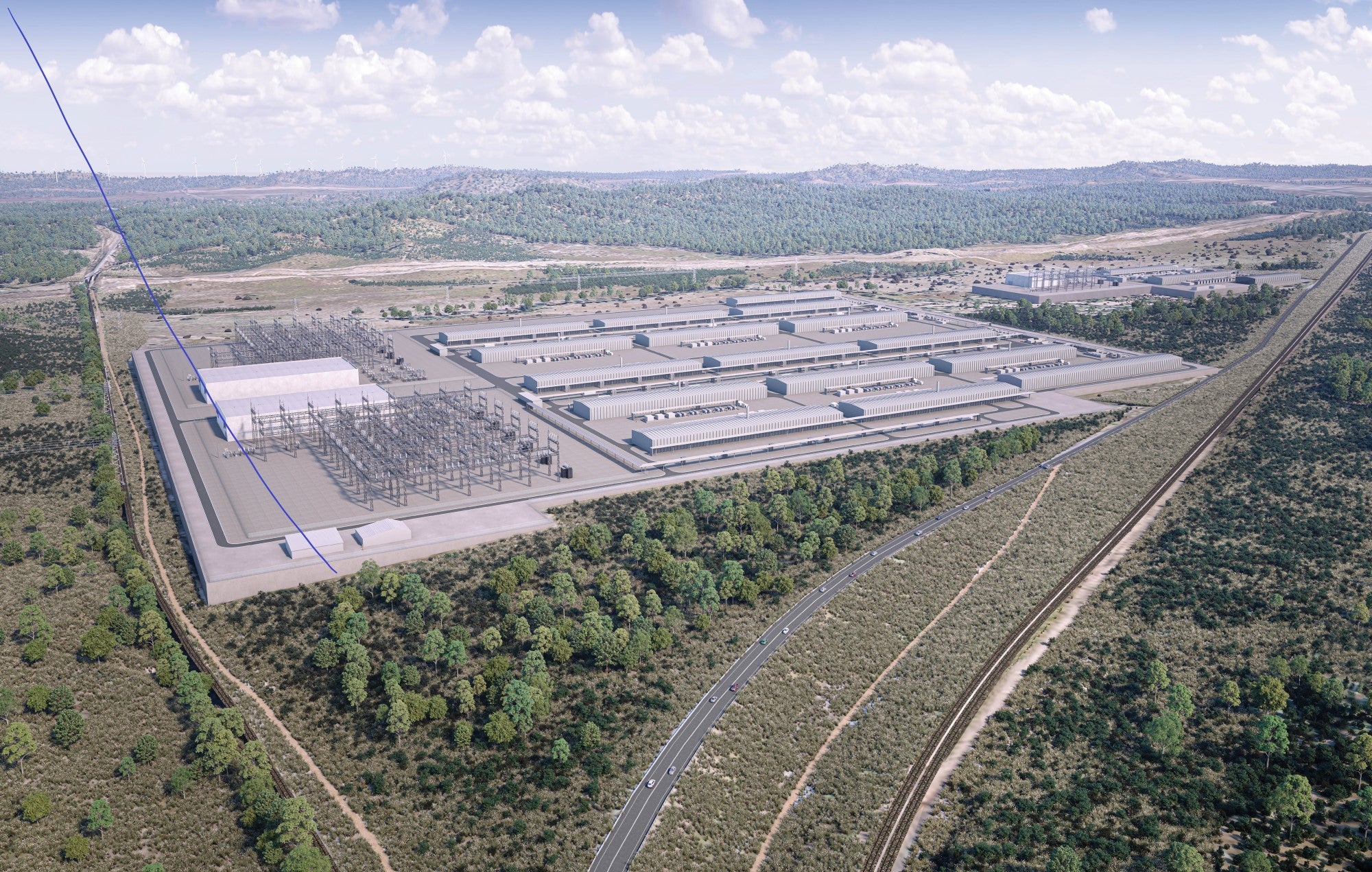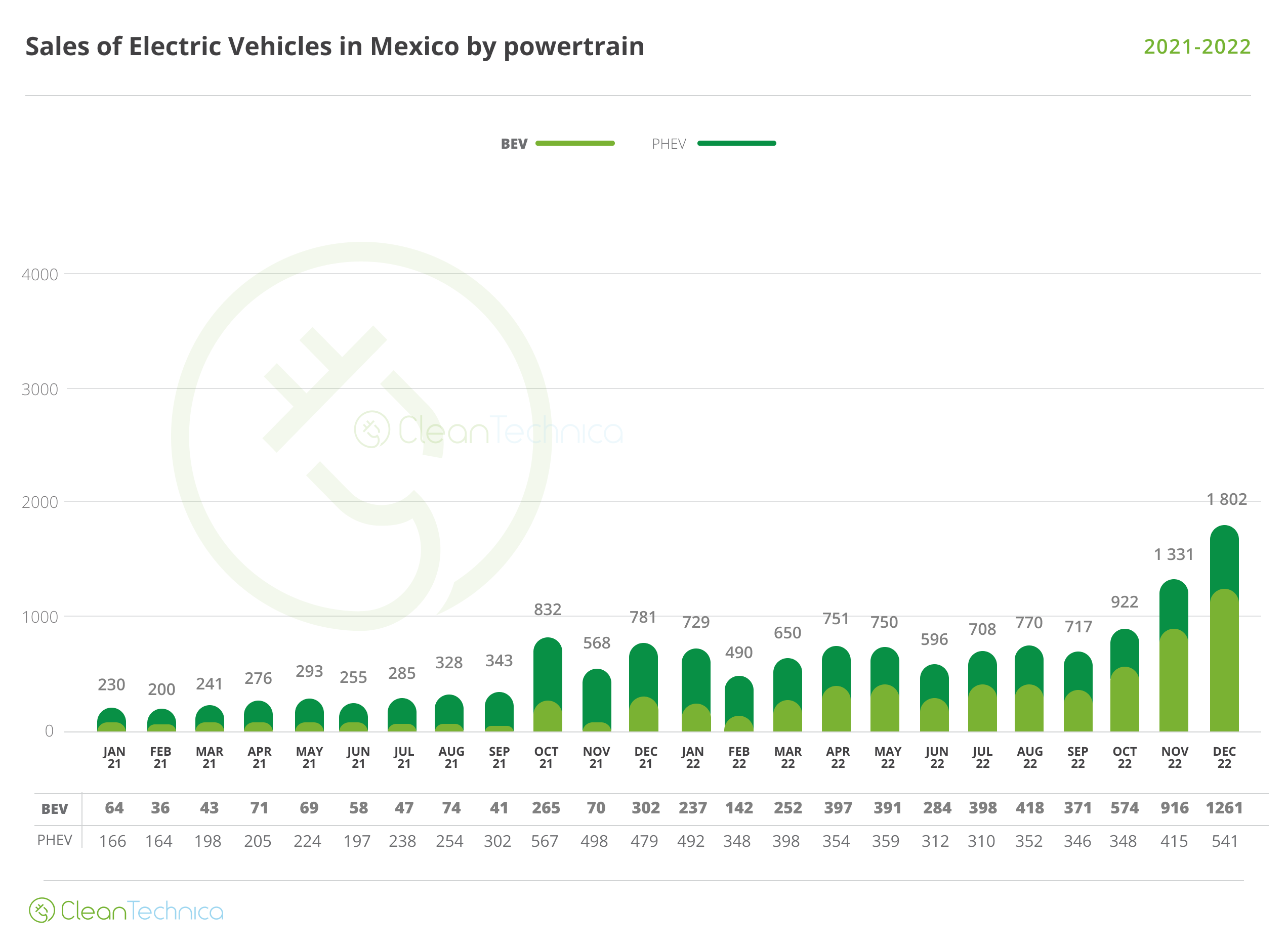Sign up for daily news updates from CleanTechnica on email. Or follow us on Google News!
The Biden administration recently announced the opening of applications for a new Electric Vehicle (EV) Charger Reliability and Accessibility Accelerator program. This program aims to allocate up to $100 million in federal funding to repair and replace non-operational EV charging infrastructure. This could end up being a great move, but only if the money is spent wisely by the state departments of transportation and local governments eligible to apply for it.
In this article, I’m going to briefly explore what the program is, and then discuss ways that state and local governments need to prioritize spending to actually achieve the goals of the program.
The $100 Million EVCRAA Program
Like the NEVI program that’s going to put EV charging stations every 50 miles along most interstates and major highways, this program has its roots in the Bipartisan Infrastructure Law. The National Electric Vehicle Infrastructure (NEVI) Formula Program requires 10% of the $5 billion fund established by the Bipartisan Infrastructure Law to be set aside for any states that need additional help to get over the finish line. Realizing that existing charging stations are starting to be in pretty bad shape, the issue of getting them going fits the law’s requirements for this set-aside money, so they’re now able to tap into it.
This program, administered by the Federal Highway Administration, aims to provide grants to states (via their departments of transportation) and localities to get existing chargers up to snuff, which will greatly help them achieve the NEVI program’s goal of a station every 50 miles or less.
“We know that people expect public EV chargers to work the first time, every time,” said Joint Office of Energy and Transportation Executive Director Gabe Klein. “That’s why we have a multi-pronged approach to create a seamless charging experience by building a capable workforce, tracking reliability metrics, and convening industry to ensure they can meet the performance standards for federally funded chargers set earlier this year.”
According to the administration, these strategic investments will complement private sector investments amounting to hundreds of billions. The idea is that they will not only create well-paying jobs nationwide in the installation, maintenance, and repair of EV infrastructure but also enhance the reliability of our existing charging network.
How This Problem Came To A Head
If you’re an EV driver, especially those of us who own an EV that doesn’t have access to Tesla’s Supercharger network, you’re probably wondering why it took them so long to realize this is a problem. Sadly, high-up administration officials recently left the proverbial ivory tower, and had to piss on this electric fence for themselves.
Back in June, Jennifer Granholm, the U.S. Secretary of Energy, decided to take a trip around the country promoting EVs and clean energy. The administration hasn’t been on very good terms with Elon Musk and Tesla for various reasons, so they set out to motorcade in EVs and rely on Electrify America and other CCS charging providers.
As you can probably imagine, trying to take a caravan of EVs on a road trip isn’t easy when Electrify America often has multiple chargers down at most locations. So, they decided it would be a good idea to send somebody ahead of them in a gas-powered car to hold spots for them, so they could cut the line and charge together, and then get on their way. But, EV drivers weren’t having it, especially one family who was low on charge and needed to keep the air conditioning on for the baby in the car.
In an embarrassing incident, Granholm’s staffers were confronted by local sheriff’s deputies, after the family called 911. This happened months ago, but it recently hit the news, and has spread widely in right-wing “news” outlets, who see this as proof that EVs aren’t ready for prime time. Secretary Granholm was even forced to admit that her staffers made a mistake in a congressional hearing, which then gave a Republican politician the opportunity and platform to smear EVs for several minutes.
Not only did this trip end up embarrassing the administration, but the overall goal of the trip has been ruined by the bad press it has now generated.
The timing of this program’s announcement, just days after all of this started coming out in the press, could be purely coincidental, but we do know that first-hand experience with not only struggling with EV charging infrastructure, but getting the cops called on you and then having that used against you in the press and in congress could be a powerful motivator.
The administration needed to do something to show that they care about the problem, and this program does that.
The Program Needs To Be Done Right
While I wish that administration officials had thought to tackle this problem earlier (perhaps as part of the Dieselgate Settlement during the Obama Administration), it’s still better to do this late than never. But, to actually tackle the problem and not waste $100 million, the program needs to be executed swiftly and thoughtfully at all levels of government.
Like the NEVI program, they’re leaving a lot of the details in the hands of state government. State DOTs, counties, and cities are all supposed to apply for the funding, and then have their plans approved or rejected by the administration. I’ve looked through the funding criteria at the above link, but there’s still a lot of wiggle room for chargers to be broken again within a year or two if governments are not careful.
One of the biggest problems has been decreasing reliability at Electrify America stations. A foolish state or local official could be told that the company only needs replacement parts for badly-designed or poorly-supported stations. This would buy the site only a year or two of reliability, though. State governments really need to instead demand that older designs that have already proved to have poor longevity be replaced with something better.
On top of using the funding to get commercial public charging stations up to NEVI standards, the funds could probably be used to improve a second backup layer of EV charging: dealers. At present, many dealer EV chargers are not available to the public after hours. Using these funds to help dealers move the chargers and/or rework the fencing and security to make a portion of the lots available 24/7 could give the CCS charging network some extra stations for both capacity and as a backup when stations are down in the future.
Finally, state and local governments should seriously consider giving Tesla a call in at least some cases. They would probably gladly go in and replace a busted CCS station’s stalls with Tesla Superchargers, and they can use Magic Dock to be eligible for the funds and serve all EV drivers. This might not be possible in all situations, but for a station that has been abandoned or has no contractual obligations tied to the existing charging provider, this can be a good way to get things running right quicker.
Featured image by Jennifer Sensiba.
Have a tip for CleanTechnica? Want to advertise? Want to suggest a guest for our CleanTech Talk podcast? Contact us here.
EV Obsession Daily!
I don’t like paywalls. You don’t like paywalls. Who likes paywalls? Here at CleanTechnica, we implemented a limited paywall for a while, but it always felt wrong — and it was always tough to decide what we should put behind there. In theory, your most exclusive and best content goes behind a paywall. But then fewer people read it!! So, we’ve decided to completely nix paywalls here at CleanTechnica. But…
Thank you!
Tesla Sales in 2023, 2024, and 2030
CleanTechnica uses affiliate links. See our policy here.




